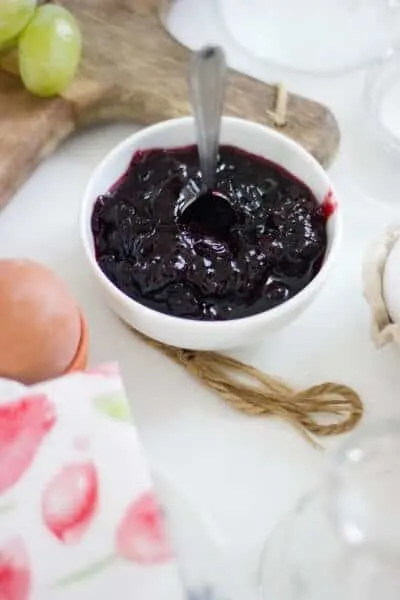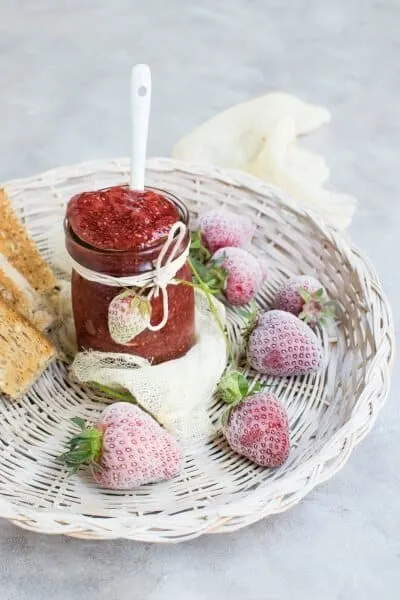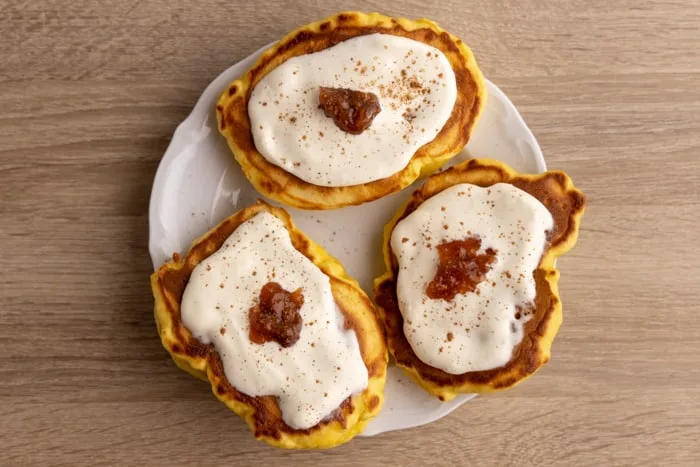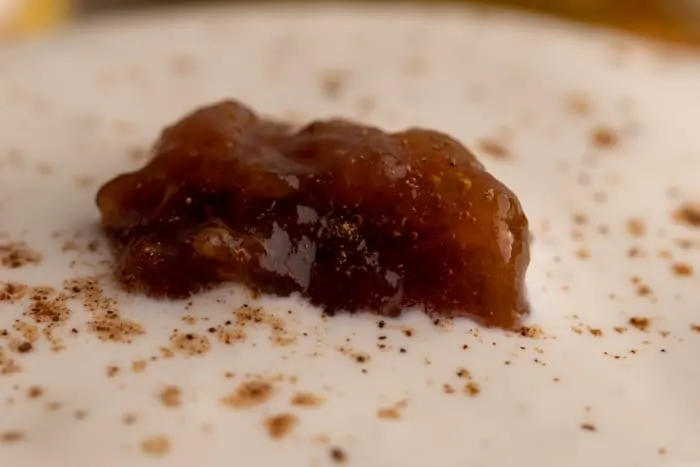Do you have an open jam sitting in the fridge for the last couple of months, and you’re not sure if it’s still safe to eat it?
Or maybe there’s a lone jar in the pantry that you “lost” a couple of years ago and you “found” it during spring cleaning?
You know that preserves like jam or jelly last quite some time, but how long is that exactly?
In this short guide, we will talk about storage, shelf life, and spoilage of jam. After reading this piece, you will know what you should do with this jar, and any other one in the future. Sounds interesting? Read on.

Can Jam Go Bad? How To Tell If Jam Is Bad?
Jam is fruit heated with water and sugar. As we all know, fruits don’t last forever, and neither does jam, especially after opening the jar. Let’s talk about signs of spoilage you should look for.
For an unopened container, make sure the lid isn’t popped. If it is, and you don’t know when that happened, throw it out. If you know when it (roughly) happened, and it wasn’t longer than a couple of days ago, check the jam to make sure it’s alright. Second, make sure the jar is a decent state, meaning the lid isn’t rusting or bulging. Given that everything seems to be okay, time to take a closer look at the jam.
Look for typical signs of spoilage such as mold or yeast growths, or an off smell ([LG]). If either is there, discard the jam.
When it comes to smell, it might remind you of alcohol, fermentation, or be repulsive. I once had a homemade jam that sat in the basement for several years. Once I opened it, I nearly threw up due to the smell. That’s a pretty sure sign that the jam was done for.

An important thing to note here is that light-colored jams tend to darken over time, and that’s not a sign of spoilage. They stay safe, even though the color is slightly off ([LG]).
If the preserve looks okay, smells just fine, and tastes good, chances are it’s perfectly safe to eat.
Now it’s time to cover its shelf life, and how time affects jam.
How Long Does Jam Last?
Let’s start with the store-bought variety, as that’s what most of us use regularly. Jam always comes with a best-by date on the label. Its shelf life is usually between a year ([LG]) and two ([AN]), depending on the fruit used, sugar content, and the presence or lack of other preservatives. That period is included in the mentioned date.
As I already mentioned, the jam is a preserve, and a sealed jar keeps really well over time (not as well as honey, though). That means that it will most likely be safe to eat a couple of months or even years past the date on the label. That is, of course, if it stays sealed.
But being safe to eat doesn’t necessarily mean peak quality. The taste degrades gradually, and you will likely find that 5-year-old jam is lacking in flavor. In other words, even though jam lasts a long time, it’s best when fresh ([AN]).
Once you unseal the jar, deterioration speeds up. The jam will no longer last years, but closer to between 6 and 12 months. And the quality stays best for only 1 ([LG]) to 3 months, depending on the fruit and sugar content. That’s plenty of time to polish off that jar.
For homemade jams, the recommended periods are a bit shorter. An unopened jam should retain quality for at least a year, and an opened one for about a month ([NCHFP]). That is, of course, if you didn’t mess up canning the jars. Again, those periods are only estimates, and chances are your jams will stay good enough to use for longer.
If the jam has lost some of its flavor, and you don’t find it taste anymore, get rid of it.

How To Store Jam?
Storage of jam is no rocket science. An unopened jar should sit in a cool, dry, and dark place, away from sources of heat ([LG]). It’s up to you if it’s the basement, pantry, or a kitchen cabinet. If you live in the tropics, or it’s a hot summer, and you don’t have air conditioning, it makes sense to transfer the jams to the fridge to retain quality for longer. An opened jam belongs to the fridge, sealed tightly.
Last but not least, let’s cover some good storage practices.
First, when you need some jam, take the jar out of the fridge, spoon out how much you need, and put it back in storage. Don’t keep it on the table for the entire meal. Second, always use clean spoons for scooping, so you don’t contaminate the jam with any bacteria.

In a Nutshell
- If there’s mold, yeast growths, or the jam smells of, discard it.
- Lighter-colored jam turning darker is perfectly normal, and it doesn’t indicate spoilage.
- Store-bought jam keeps quality for at least a year. Once you open it, it stays best for a couple of months.
- Homemade jam lasts about a year unopened, and for a month or two after opening.